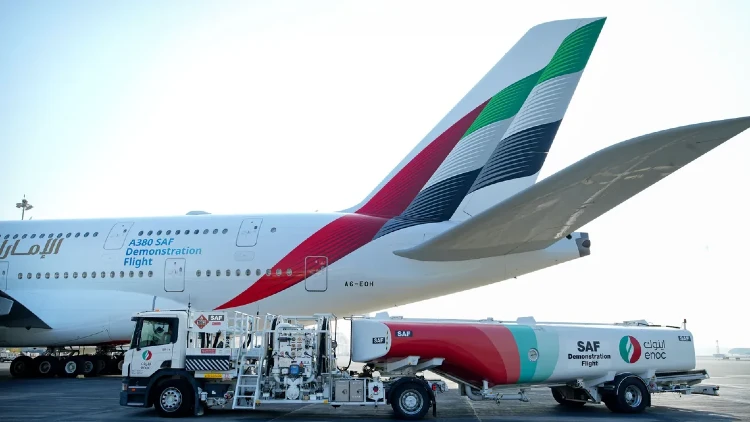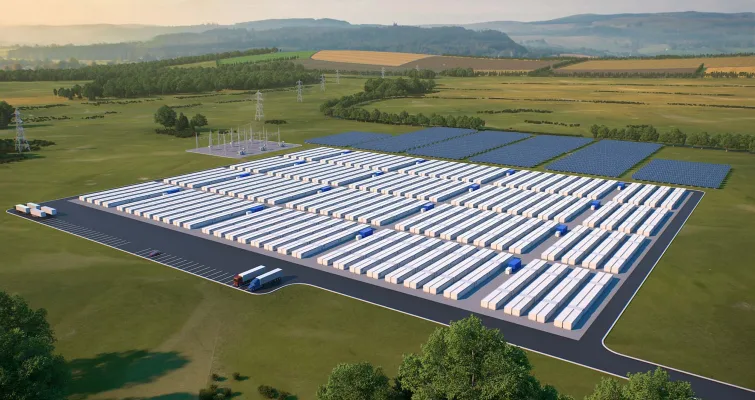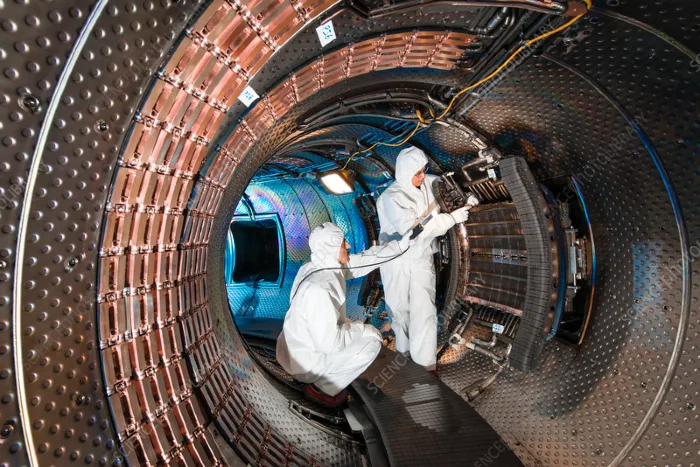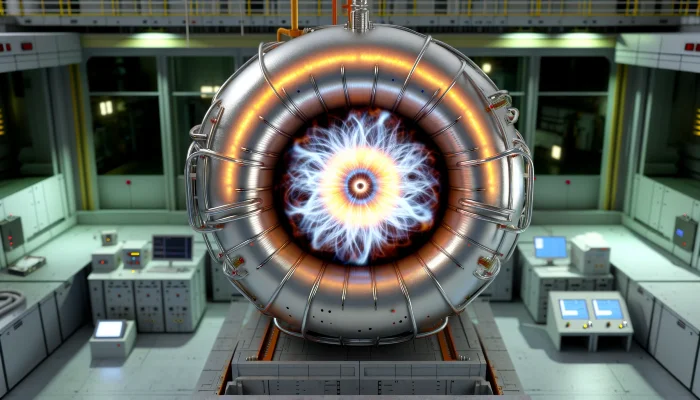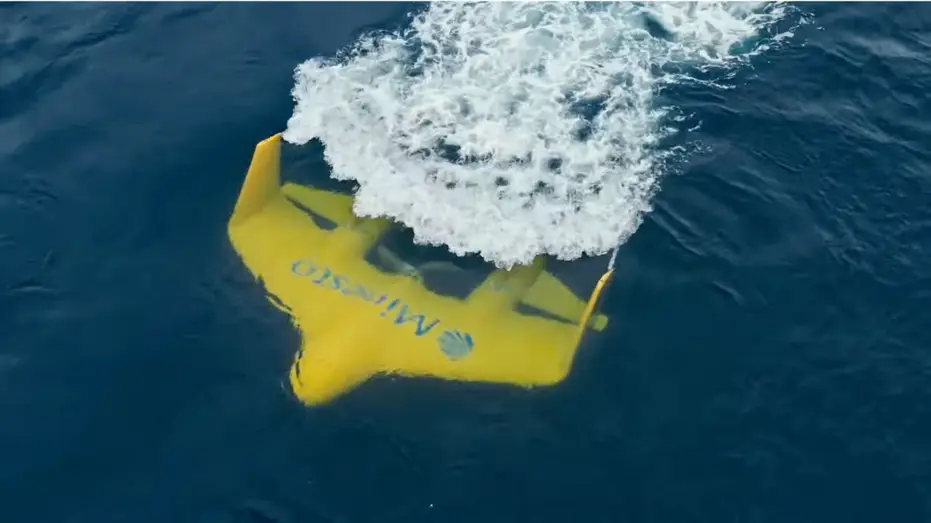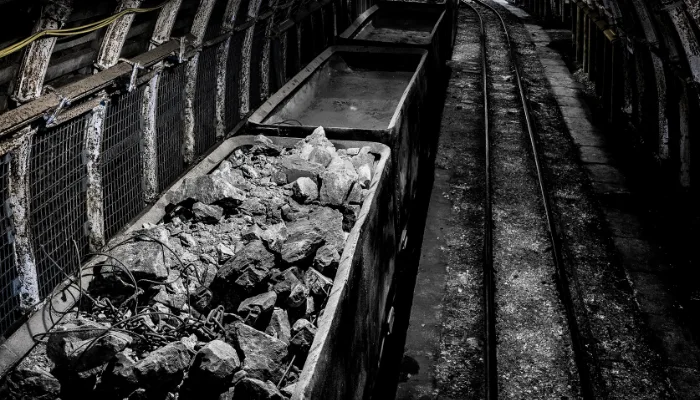In a remarkable development, we might soon be using our own waste to power flights. Firefly Green Fuels, a UK-based company, has innovated a cost-effective way to produce Sustainable Aviation Fuel (SAF) from human waste.
Key Developments:
- Firefly Green Fuels’ technology transforms human waste into SAF efficiently.
- Independent assessments confirm that this SAF is virtually identical to the kerosene commonly used in commercial planes.
- Notably, this alternative fuel cuts down emissions by 90% compared to traditional kerosene, offering a greener choice for air travel.
This UK company’s method stands out in the global aviation industry for its unique approach and sustainable outcomes. Regulatory tests validate that the fuel closely resembles conventional jet kerosene.
It’s A Cost-Effective and Abundant Resource With Less Emissions
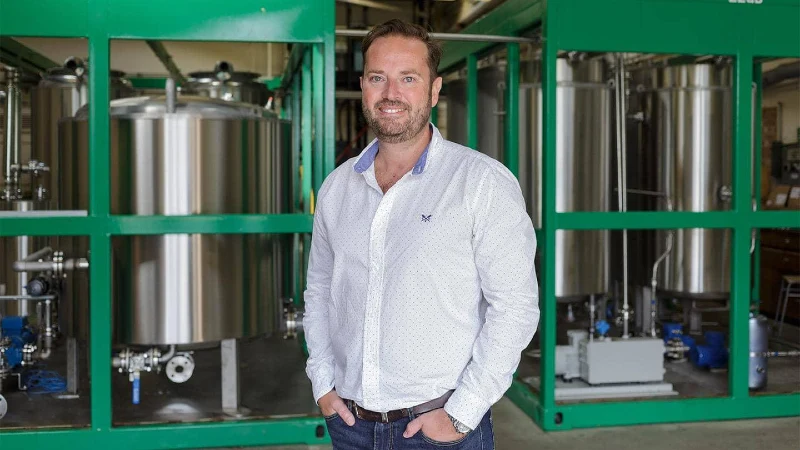
James Hygate, CEO of Firefly Green Fuels, in a conversation with the BBC, emphasized the company’s objective to find a low-cost, abundant feedstock. “Human waste perfectly fits our criteria,” he remarked. This statement is supported by independent regulators, who affirm the similarity of Firefly’s SAF to standard jet fuel.
The fuel’s development at Cranfield University revealed that SAF derived from human waste significantly lowers emissions by 90% compared to kerosene. Hygate acknowledged the energy required in production but emphasized the overall environmental benefit: “Considering the fuel’s life cycle, a 90% reduction in emissions is extraordinary.”
In a December 2023 interview with Air Cargo Week, Hygate detailed Firefly’s innovative approach, utilizing sewage as a resource. He pointed out the constant availability and low cost of human waste as an advantage, ensuring a steady supply of feedstock. Hygate added, “In the UK, sewage is typically disposed of through agricultural spreading, a practice that may be replaced as better alternatives emerge.”
The Government Is All In
The UK government, particularly the Department for Transport, launched the Advanced Fuels Fund (AFF) in July 2022. The fund, totaling £135 million (approximately $172.2 million), supports various projects aimed at advancing fuel technology until March 31, 2025.
In the latest funding round, the Department for Transport allocated £53 million (around $67.6 million) to various projects. These initiatives are expected to create up to 10,000 green jobs across the UK. Among the funded projects are a converted sawmill and a commercial plant using Power-to-Liquid technology to produce jet fuel from CO2, potentially yielding about 70,000 tons of SAF annually.
Mark Harper, the Transport Secretary, stated that these investments demonstrate the UK’s commitment to becoming a leader in the SAF industry, expecting it to generate jobs and attract international investment. Harper emphasized the government’s role in positioning the UK as a powerhouse in sustainable aviation fuel production.
A Quick Look At Sustainable Aviation Fuel (SAF)
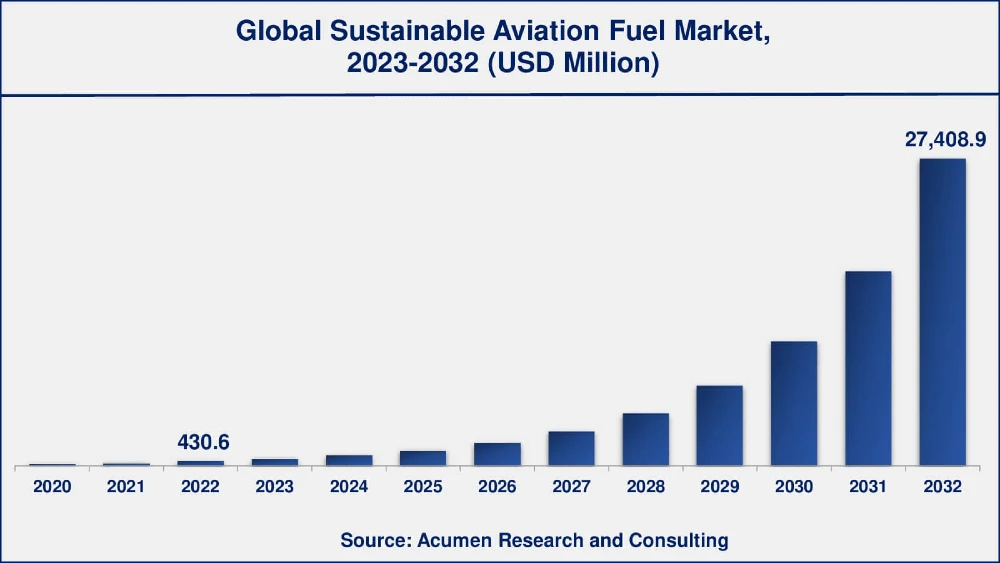
As we explore the potential of Sustainable Aviation Fuel (SAF) derived from human waste, it’s important to understand both its environmental benefits and economic implications, because this could prove to be huge for consumers and our planet. If SAF, such as this, is able to be subsidized into mass production (worked well for the oil industry), we’re talking a significant shift in aviation fuel technology.
The Environmental Benefits Are Clear & Considerable!
- Reduction in Greenhouse Gas Emissions
The most notable advantage of SAF is its potential to drastically reduce emissions. Traditional jet fuel, predominantly kerosene, contributes significantly to aviation’s carbon footprint. SAF, however, can reduce lifecycle carbon emissions by up to 80%. This figure is even higher for Firefly Green Fuels’ human waste derived SAF, which claims a 90% reduction. This level of reduction is critical in the fight against climate change.
- Improved Air Quality
Burning traditional jet fuel releases not only carbon dioxide but also nitrogen oxides, sulfur oxides, and particulate matter, all of which contribute to air pollution. SAF has lower levels of these harmful emissions, contributing to better air quality around airports and flight paths.
But What About The Economic Benefits?
- Cost of Production
The production cost of SAF can vary widely, depending on the feedstock and technology used. As of 2023, the cost to produce SAF can be between $2 to $5 per gallon, compared to around $1.50 for conventional jet fuel. However, technologies like the one developed by Firefly Green Fuels, which uses an abundant and low-cost feedstock (human waste), could significantly reduce production costs over time.
- Market Demand and Job Creation
The global SAF market is projected to grow significantly. A study by MarketsandMarkets predicts the SAF market to reach $15.3 billion by 2030, growing at a CAGR of 72.4% from 2021. This growth isn’t just beneficial for reducing emissions but also for economic development. The burgeoning SAF industry is expected to create numerous jobs in research, production, and distribution.
- Government Incentives and Subsidies
Many governments, recognizing the importance of reducing aviation emissions, are providing financial incentives for SAF production. For instance, the UK government’s Advanced Fuels Fund and similar initiatives in the United States and European Union offer grants and subsidies, which can offset the high initial costs of SAF production and encourage more companies to enter the market.
More To Discover
- Red Mud Goes Green: How a Simple Process is Turning Mining Waste into Climate-Friendly Steel
- How Nanobubble Technology is Making Giant Leaps in Sustainability and Efficiency And It’s Only The Beginning
- Turning Crop Residue into Sustainable Packaging: The Craste Story
- Enviva’s Wood Pellet Plant in Georgia, the World’s Largest, Is Exceeding Pollution Limits According To State
- Long-term Savings and Stability
While SAF is currently more expensive than conventional jet fuel, its long-term economic benefits are significant. As the technology matures and production scales up, costs are expected to decrease. Moreover, using waste as a feedstock provides a more stable and predictable cost structure compared to the volatile oil market.
In conclusion, SAF, particularly from innovative sources like human waste, presents a substantial opportunity for the aviation industry to reduce its environmental impact while also opening up new economic avenues. Its adoption, though currently costly, promises long-term benefits both for the planet and the economy.







